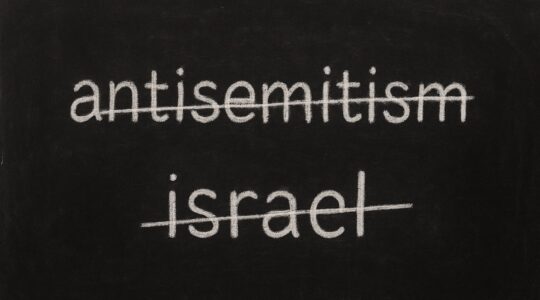In “Whose Holocaust Museum?” (May 6), Steve Lipman summarizes varied opinion on what Holocaust museums should actually do — limit themselves to the Jewish Holocaust or tell a wider story.
The critic Edward Rothstein states, correctly in my opinion, that by widening the subject “institutions dilute the message.”
Surely everyone knows stories have to be personal and specific to have any impact. Anne Frank, alone, for instance, personifies a million and a half Jewish children. And the notion that we have to add other victims to the actual Holocaust, or include subsequent massacres to make the message more universal — as if six million Jews alone were not universal enough — actually stems from an earlier, widely held notion that Jews alone would not move or even interest anyone.
The meaning of Holocaust, etymologically, and actually, is the murder of Jews by Christians in the name of Christianity. When, in London, at the coronation of Richard I, in 1189, the mob fell upon the Jews in their midst and massacred them, the monk Richard of Devjzes recorded, it was a holocaustum: “it took so long to send them to the devil the work had to be continued a second day.” That is, Holocaust is a Catholic word and concept for killing Jews as devils. I doubt any Jewish Holocaust museum will soon take this event as subject for an exhibition but it might serve as guideline to decide who is a Holocaust victim, and who not.
The New York Jewish Week brings you the stories behind the headlines, keeping you connected to Jewish life in New York. Help sustain the reporting you trust by donating today.




